Home>Maintenance & Safety>Pest Control Solutions>How To Get Rid Of Yellow Jackets In House Siding
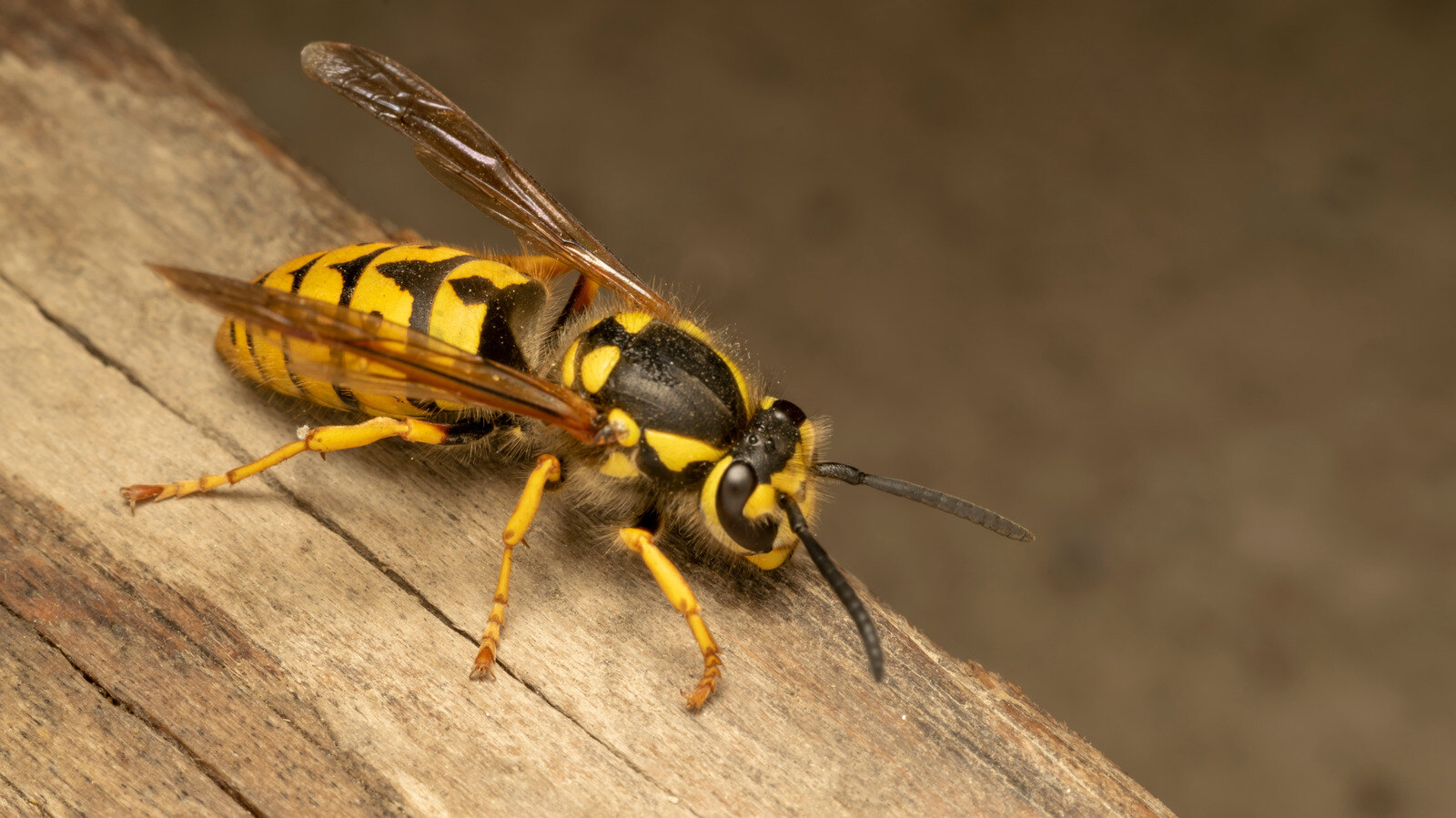

Pest Control Solutions
How To Get Rid Of Yellow Jackets In House Siding
Modified: February 18, 2024
Looking for effective pest control solutions to eliminate yellow jackets nesting in your house siding? Discover expert tips and methods to get rid of them quickly and safely.
(Many of the links in this article redirect to a specific reviewed product. Your purchase of these products through affiliate links helps to generate commission for Storables.com, at no extra cost. Learn more)
Introduction
Dealing with yellow jackets nesting in your house siding can be a daunting and potentially dangerous situation. These aggressive stinging insects can pose a threat to you, your family, and pets, making it crucial to address the issue promptly and effectively. Whether you've noticed increased yellow jacket activity around your home or have discovered a nest within your siding, it's essential to take action to eliminate this pest and prevent future infestations.
Yellow jackets, scientifically known as Vespula spp., are a type of predatory wasp that are commonly found across North America. They are known for their distinctive yellow and black markings and are often mistaken for bees due to their similar appearance. Unlike bees, however, yellow jackets are aggressive and can sting repeatedly, making them a significant nuisance and potential hazard when they establish a nest in or around your home.
In this comprehensive guide, we will explore the various methods and strategies for effectively getting rid of yellow jackets in house siding. From identifying the presence of yellow jackets to understanding the risks associated with their presence, we will delve into natural and chemical approaches to eradicate these pests. Additionally, we will discuss preventive measures to ensure that yellow jackets do not return to your house siding, allowing you to maintain a pest-free and safe living environment.
By gaining a deeper understanding of yellow jackets and implementing the recommended solutions, you can safeguard your home and family from the potential harm and inconvenience caused by these aggressive insects. Let's embark on this journey to learn how to effectively address and resolve the issue of yellow jackets in house siding.
Key Takeaways:
- Don’t let yellow jackets ruin your home! Look for signs like buzzing sounds, frequent movement, and nests in your siding. Use natural methods like peppermint oil and homemade traps to get rid of them.
- Keep yellow jackets away for good by sealing entry points, trimming vegetation, and educating your family. Regular maintenance and proper waste management also help prevent reinfestation.
Read more: How To Get Rid Of Yellow Jackets In Siding
Identifying Yellow Jackets in House Siding
Identifying the presence of yellow jackets in your house siding is crucial for effectively addressing the issue and implementing appropriate pest control measures. These aggressive insects are known for their territorial behavior and can pose a significant threat if their nest is disturbed. Therefore, being able to recognize the signs of yellow jacket activity within your siding is essential for prompt intervention.
Visual Cues
One of the primary indicators of yellow jacket infestation in house siding is observing their frequent movement in and out of small openings or gaps. These openings may serve as entry points to their nest, allowing them to access and exit the interior of the siding. Additionally, yellow jackets may be seen hovering around the siding, particularly during the daytime when they are most active. Their distinct yellow and black markings make them easily recognizable, especially when compared to other flying insects commonly found around homes.
Auditory Clues
In some cases, you may hear a faint buzzing or humming sound emanating from the siding, especially if the nest is located within the wall voids. This subtle yet persistent noise can be an indication of yellow jacket activity within the structure of your home. It's important to pay attention to such auditory cues, as they can provide valuable insights into the presence and location of the nest.
Nest Sightings
If you happen to spot a yellow jacket nest in the vicinity of your house, particularly in close proximity to the siding, there is a high likelihood that these insects have also established a presence within the siding itself. Yellow jacket nests are typically constructed in sheltered locations, making house siding an attractive nesting site for these insects. The nests are often made of paper-like material and can vary in size, with larger colonies posing a greater risk.
By remaining vigilant and observant, you can effectively identify the presence of yellow jackets in your house siding, allowing you to take the necessary steps to address the infestation and ensure the safety of your home and family.
Read more: How To Get Rid Of Yellow Jackets?
Risks and Dangers of Yellow Jackets
Yellow jackets pose significant risks and dangers, especially when they establish a presence in house siding. Understanding these potential hazards is crucial for prioritizing the swift and effective removal of these aggressive insects from your living environment.
Aggressive Behavior
Yellow jackets are known for their aggressive nature, especially when their nest is threatened or disturbed. Unlike bees that typically sting once before dying, yellow jackets can sting multiple times, making them formidable adversaries when their territory is encroached upon. This aggressive behavior can lead to painful stings and, in some cases, severe allergic reactions in individuals who are hypersensitive to insect venom.
Stinging Incidents
The presence of yellow jackets in house siding increases the likelihood of stinging incidents, particularly if unsuspecting individuals come into close proximity to the nest. This can occur during routine activities such as gardening, maintenance work, or simply spending time outdoors near the infested area. The painful stings inflicted by yellow jackets can cause discomfort, swelling, and, in some cases, pose a serious health risk, especially for those with allergies.
Health Risks
For individuals with allergies to insect stings, encountering yellow jackets can result in severe allergic reactions, including anaphylaxis. This life-threatening condition requires immediate medical attention and can escalate rapidly if not addressed promptly. Furthermore, the presence of yellow jackets near living spaces can create an environment of heightened anxiety and fear, impacting the overall well-being of residents and visitors.
Read more: How To Get Rid Of Yellow Jackets In Wall
Property Damage
In addition to the risks posed to human health, yellow jackets nesting in house siding can cause structural damage to the property. These insects may chew through wood, insulation, and other materials as they expand their nest, potentially leading to costly repairs and compromising the integrity of the siding. Addressing the infestation promptly is essential to mitigate the risk of structural damage and maintain the longevity of your home.
Disruption of Outdoor Activities
The presence of yellow jackets can disrupt outdoor activities and limit the enjoyment of your outdoor living spaces. Fear of encountering these aggressive insects may deter you and your family from spending time in the yard, engaging in recreational activities, or hosting gatherings, impacting the overall quality of life and leisure opportunities.
By acknowledging the risks and dangers associated with yellow jackets in house siding, you can appreciate the urgency of implementing effective pest control measures to safeguard your well-being and preserve the integrity of your home.
Natural Methods to Get Rid of Yellow Jackets
When it comes to addressing a yellow jacket infestation in house siding, natural methods offer effective and environmentally friendly approaches to eliminate these aggressive insects. By leveraging natural remedies and preventive measures, you can safely and efficiently get rid of yellow jackets without resorting to harsh chemicals or pesticides. Here are several natural methods to consider:
1. Homemade Traps
Creating homemade traps using simple materials can help capture and reduce the yellow jacket population around your house siding. One popular method involves using a plastic bottle filled with a sweet liquid, such as sugar water or fruit juice, to attract and trap the yellow jackets. By strategically placing these traps near the siding, you can intercept and contain the insects, reducing their presence over time.
Read more: How Are Yellow Jackets Getting In My House
2. Peppermint Oil
Peppermint oil is known for its strong and pleasant aroma, but it also serves as a natural deterrent for yellow jackets. By mixing a few drops of peppermint oil with water and spraying the solution around the affected areas of the house siding, you can discourage yellow jackets from establishing or maintaining their presence. The potent scent of peppermint disrupts their communication and foraging patterns, prompting them to seek alternative locations.
3. Soap and Water Solution
A simple yet effective natural remedy involves using a soap and water solution to directly target yellow jackets. By combining liquid dish soap with water in a spray bottle, you can administer this solution directly onto the insects or their nest. The soap disrupts the yellow jackets' respiratory system, leading to suffocation and eventual elimination. This method can be particularly useful for addressing visible yellow jacket activity around the house siding.
4. Plant-Based Repellents
Certain plants and herbs possess natural repellent properties that can deter yellow jackets from congregating near your home. Planting aromatic herbs such as mint, thyme, and eucalyptus around the perimeter of your house can help discourage these insects from nesting in the siding. Additionally, hanging bundles of dried herbs, such as lavender or rosemary, near the affected areas can contribute to creating an inhospitable environment for yellow jackets.
5. Sealing Entry Points
Preventive measures, such as sealing potential entry points and gaps in the house siding, play a crucial role in deterring yellow jackets from establishing nests. By conducting a thorough inspection of the siding and addressing any openings or cracks, you can limit the insects' access to interior spaces, reducing the likelihood of infestation.
By incorporating these natural methods into your pest control strategy, you can effectively combat yellow jacket infestations in house siding while minimizing environmental impact and promoting a safer living environment for you and your family.
Chemical Methods to Get Rid of Yellow Jackets
When natural methods are insufficient or when dealing with a severe yellow jacket infestation in house siding, chemical approaches can provide effective solutions for eradication. It's important to exercise caution and follow safety guidelines when using chemical methods to ensure the well-being of both humans and the environment. Here are several chemical methods commonly employed to get rid of yellow jackets:
1. Insecticidal Sprays
Insecticidal sprays formulated specifically for yellow jackets can be applied directly to the affected areas of the house siding. These sprays are designed to quickly immobilize and eliminate the insects upon contact. It's essential to choose products labeled for outdoor use and follow the application instructions meticulously to maximize effectiveness and minimize environmental impact.
2. Dust Insecticides
Dust insecticides, such as carbaryl or permethrin-based products, can be introduced into the yellow jacket nest within the house siding. When the insects come into contact with the dust, it adheres to their bodies and is transported into the nest, effectively targeting the entire colony. This method is particularly useful for reaching concealed or hard-to-access nesting sites within the siding.
3. Foaming Agents
Foaming agents designed for yellow jacket control can be injected into wall voids or other nesting spaces within the house siding. The foam expands to fill the voids, coating the insects and their nest, ultimately leading to their elimination. This approach is advantageous for reaching enclosed spaces where traditional sprays may not penetrate effectively.
Read more: How To Get Rid Of Yellow Grass
4. Professional Pest Control Services
In cases of extensive or challenging yellow jacket infestations, seeking the expertise of professional pest control services is advisable. Licensed professionals have access to specialized insecticides and equipment, enabling them to safely and effectively address the infestation within the house siding. Professional services offer a comprehensive approach, including thorough inspection, targeted application of insecticides, and follow-up monitoring to ensure successful eradication.
It's important to emphasize the responsible use of chemical methods, prioritizing the safety of occupants, pets, and beneficial insects. Additionally, compliance with local regulations and guidelines pertaining to the use of insecticides is essential to minimize environmental impact and promote sustainable pest control practices.
By considering these chemical methods and exercising care in their application, you can effectively combat yellow jacket infestations in house siding, restoring a safe and pest-free living environment.
Preventing Yellow Jackets from Returning
Preventing the return of yellow jackets to your house siding is essential for maintaining a pest-free environment and ensuring the long-term safety and comfort of your home. By implementing proactive measures and adopting preventive strategies, you can significantly reduce the likelihood of yellow jacket reinfestation. Here are several effective methods to prevent yellow jackets from returning to your house siding:
-
Seal Entry Points: Conduct a thorough inspection of your house siding to identify and seal any potential entry points or gaps that may serve as access routes for yellow jackets. Use durable materials such as caulk or weatherstripping to seal cracks, crevices, and openings, thereby preventing these insects from infiltrating the interior spaces.
-
Regular Maintenance: Implement a routine maintenance schedule to address any signs of wear, damage, or deterioration in your house siding. By promptly repairing and maintaining the integrity of the siding, you can minimize the likelihood of creating conducive nesting environments for yellow jackets.
-
Trim Vegetation: Keep vegetation, shrubs, and trees near your house siding well-trimmed and pruned. Overgrown foliage can provide shelter and nesting sites for yellow jackets, increasing the proximity of their colonies to your home. Maintaining a clear perimeter around the siding reduces the attractiveness of the area for nesting.
-
Proper Waste Management: Dispose of food waste, particularly sweet and sugary items, in sealed containers and ensure proper waste management practices. Yellow jackets are attracted to food sources and may be drawn to areas with accessible food remnants. By minimizing potential food attractions, you can deter their presence near your home.
-
Install Traps: Deploy commercial or homemade traps in outdoor areas to capture and reduce the yellow jacket population in the vicinity of your house siding. Regularly monitor and maintain these traps to intercept any incoming insects and prevent them from establishing nests in the surrounding areas.
-
Educate Household Members: Educate your family members and household occupants about the behaviors and risks associated with yellow jackets. Encourage vigilance and awareness to prevent accidental disturbances of potential nesting sites and to promptly report any signs of yellow jacket activity.
By integrating these preventive measures into your regular home maintenance routine, you can fortify your defenses against yellow jacket reinfestation and create an environment that is less hospitable to these aggressive insects. Consistent vigilance and proactive measures are key to sustaining a pest-free living space and safeguarding the well-being of your household.
Frequently Asked Questions about How To Get Rid Of Yellow Jackets In House Siding
Was this page helpful?
At Storables.com, we guarantee accurate and reliable information. Our content, validated by Expert Board Contributors, is crafted following stringent Editorial Policies. We're committed to providing you with well-researched, expert-backed insights for all your informational needs.
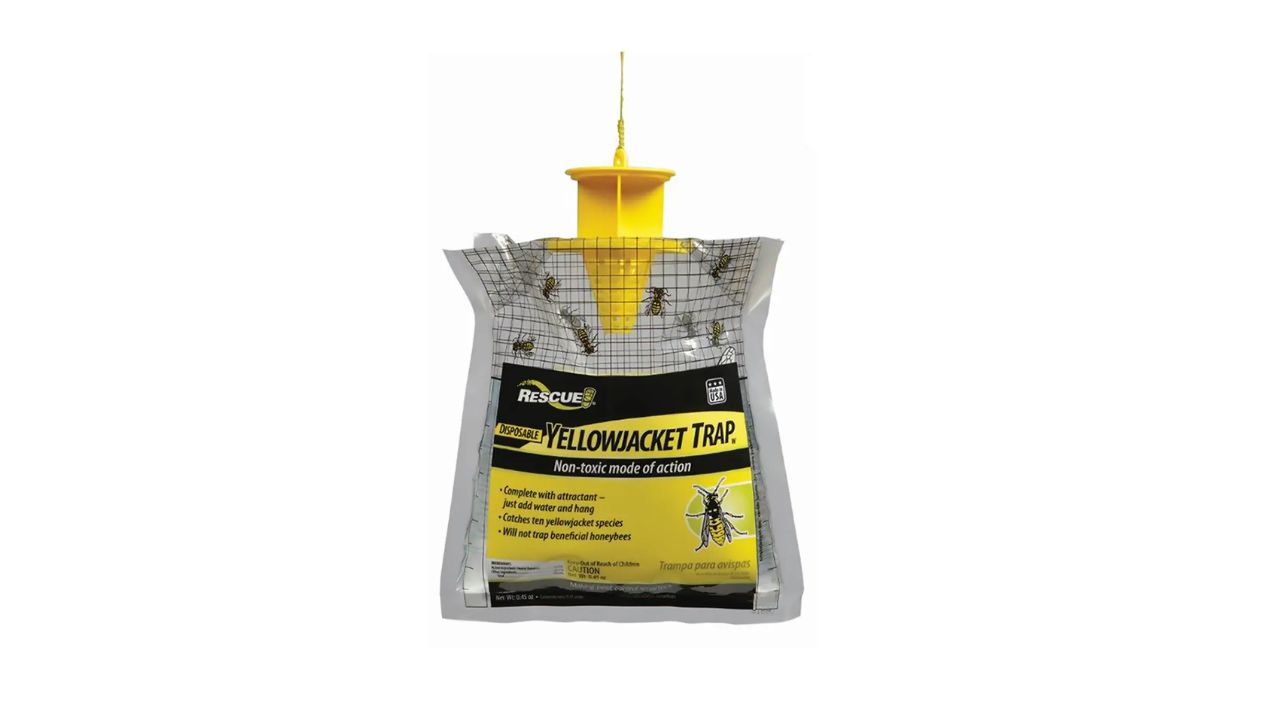
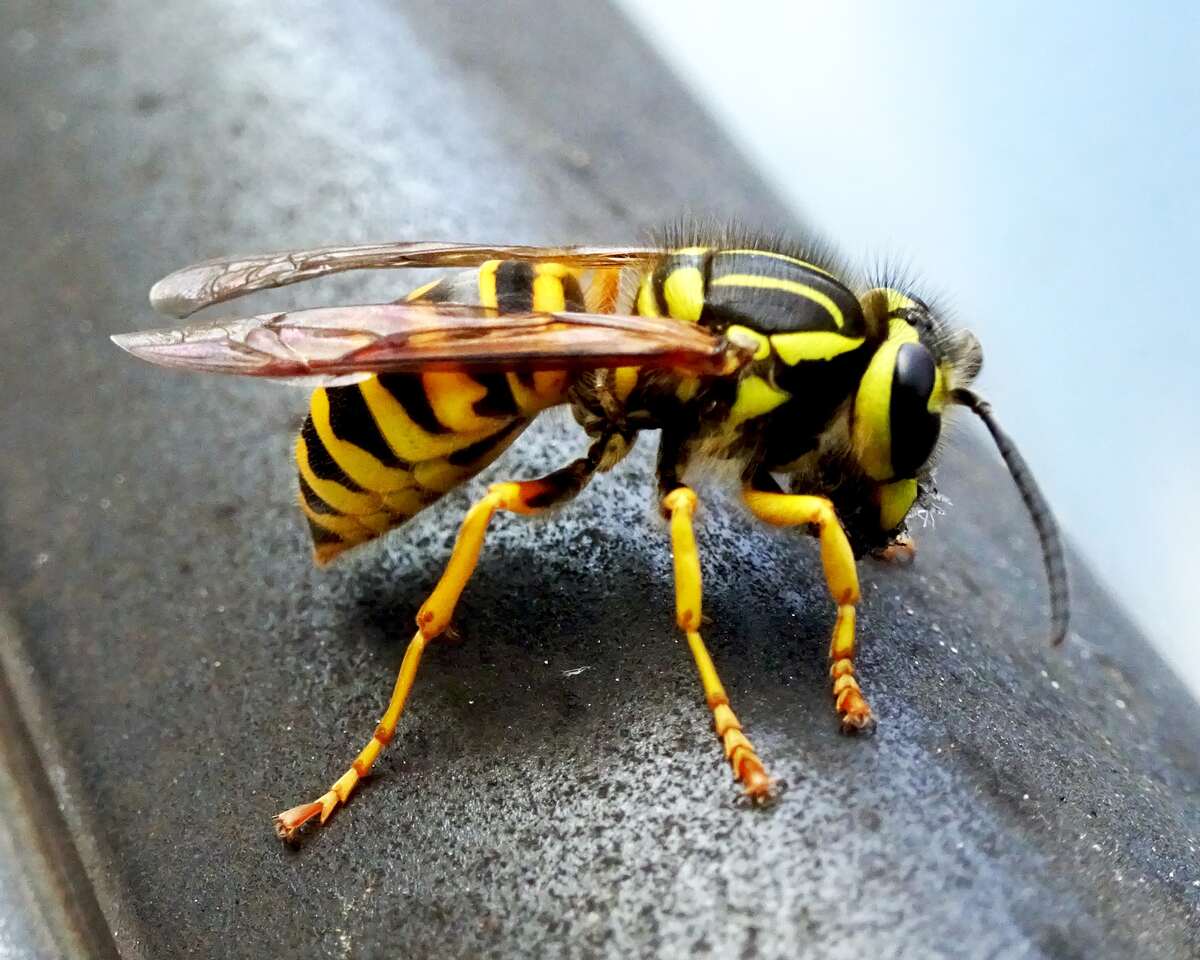
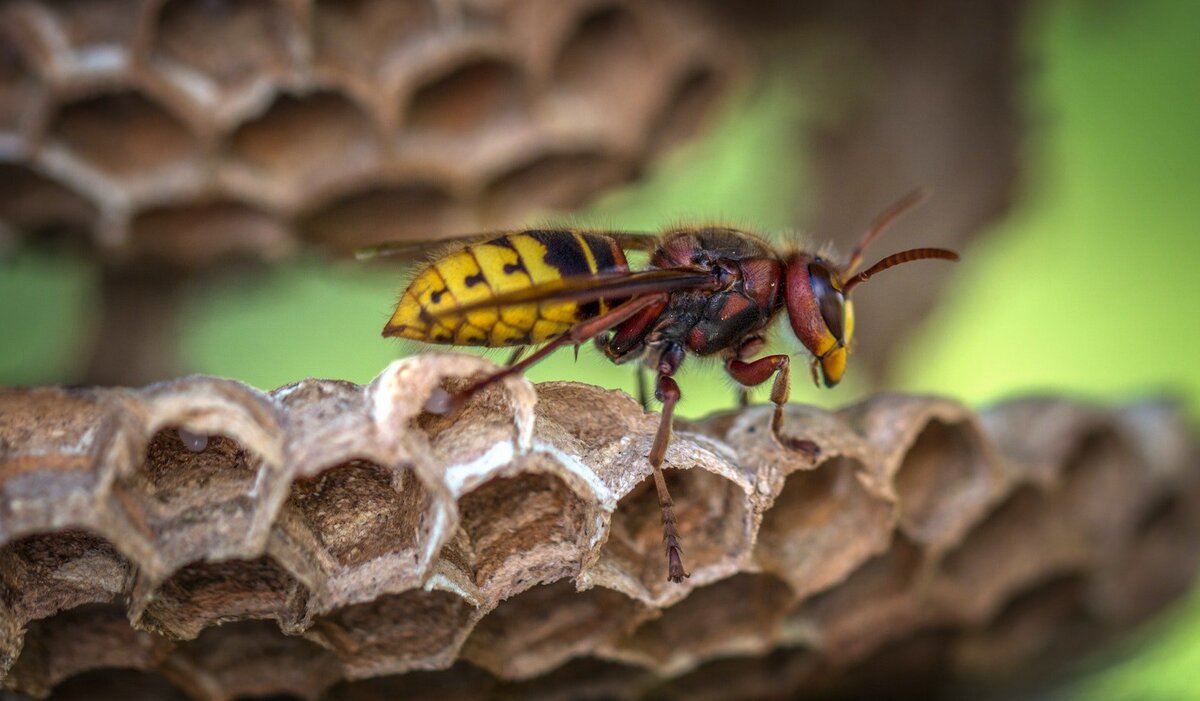
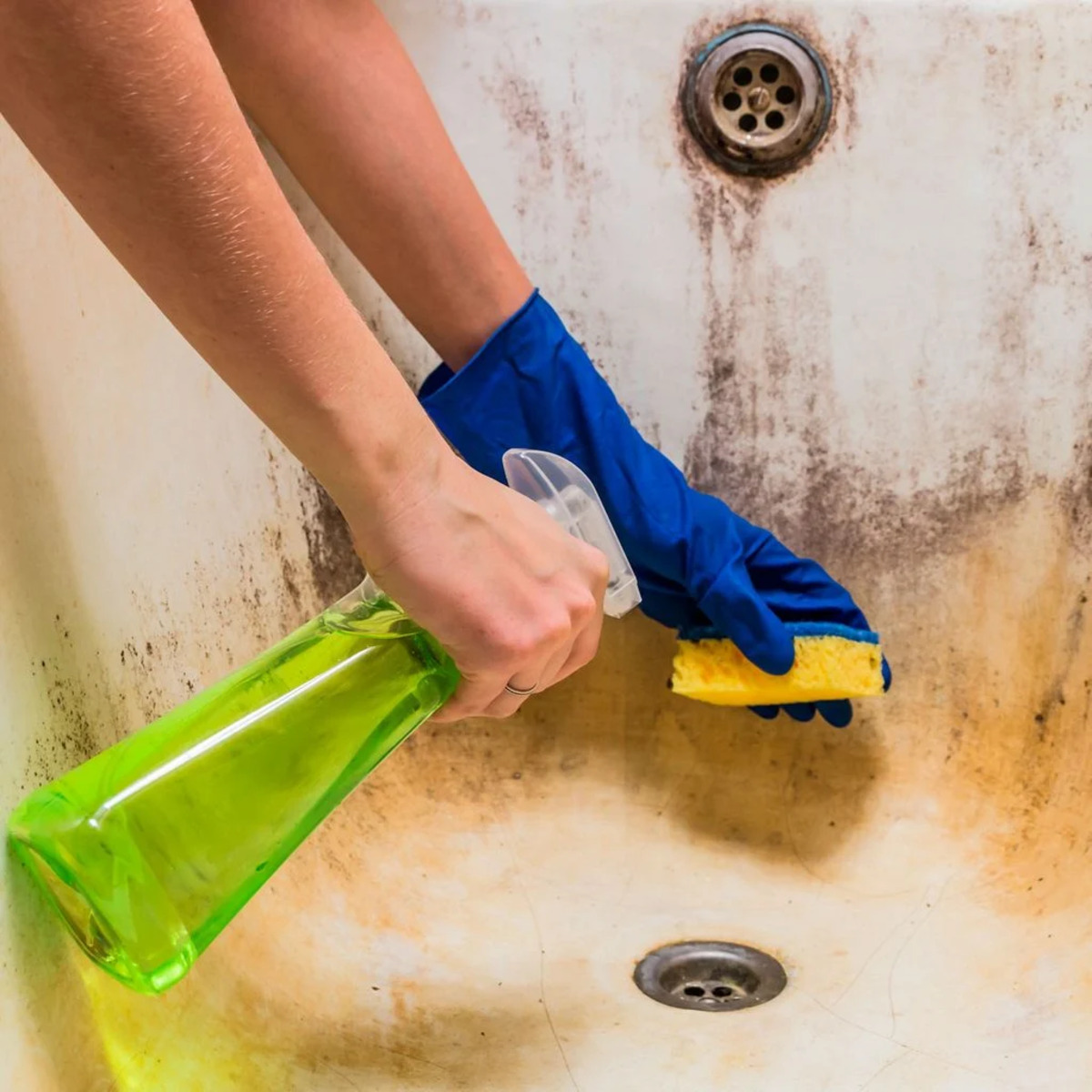
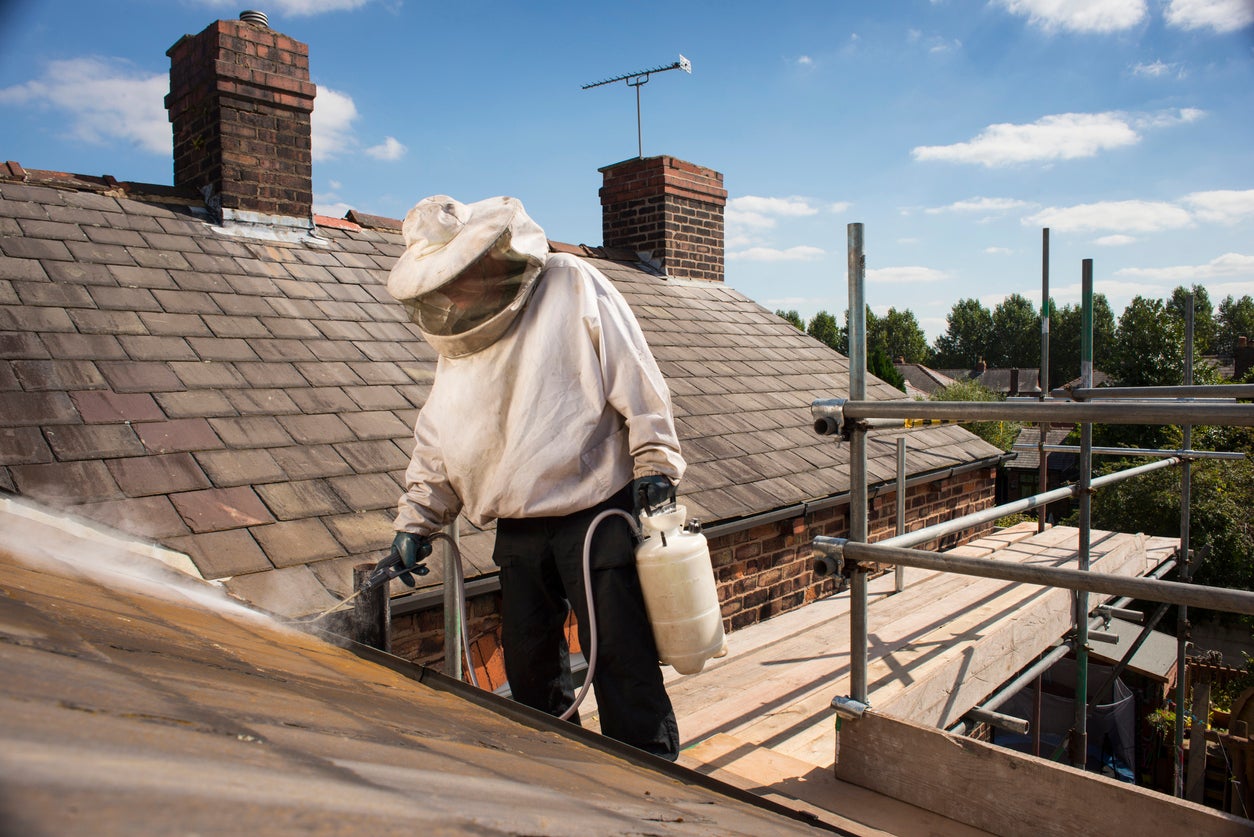
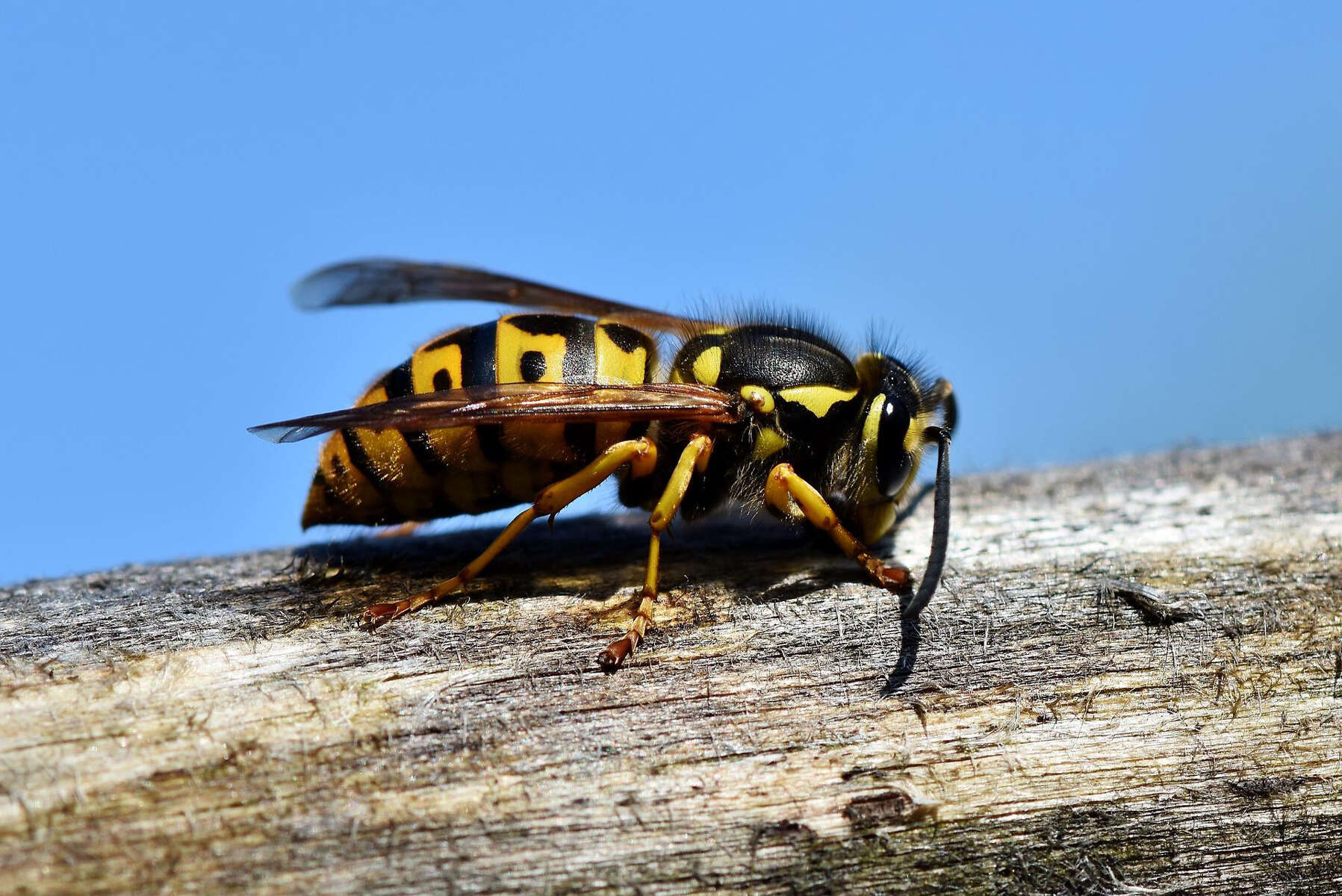
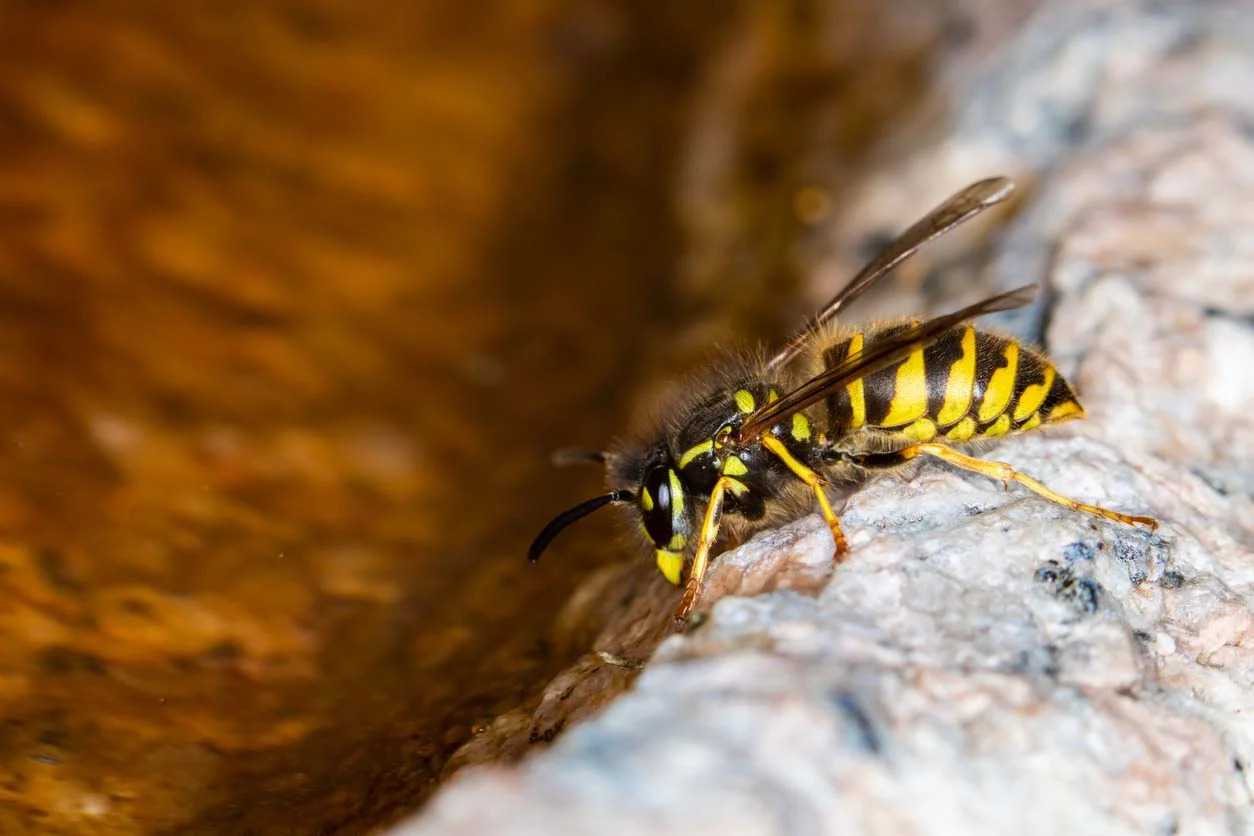
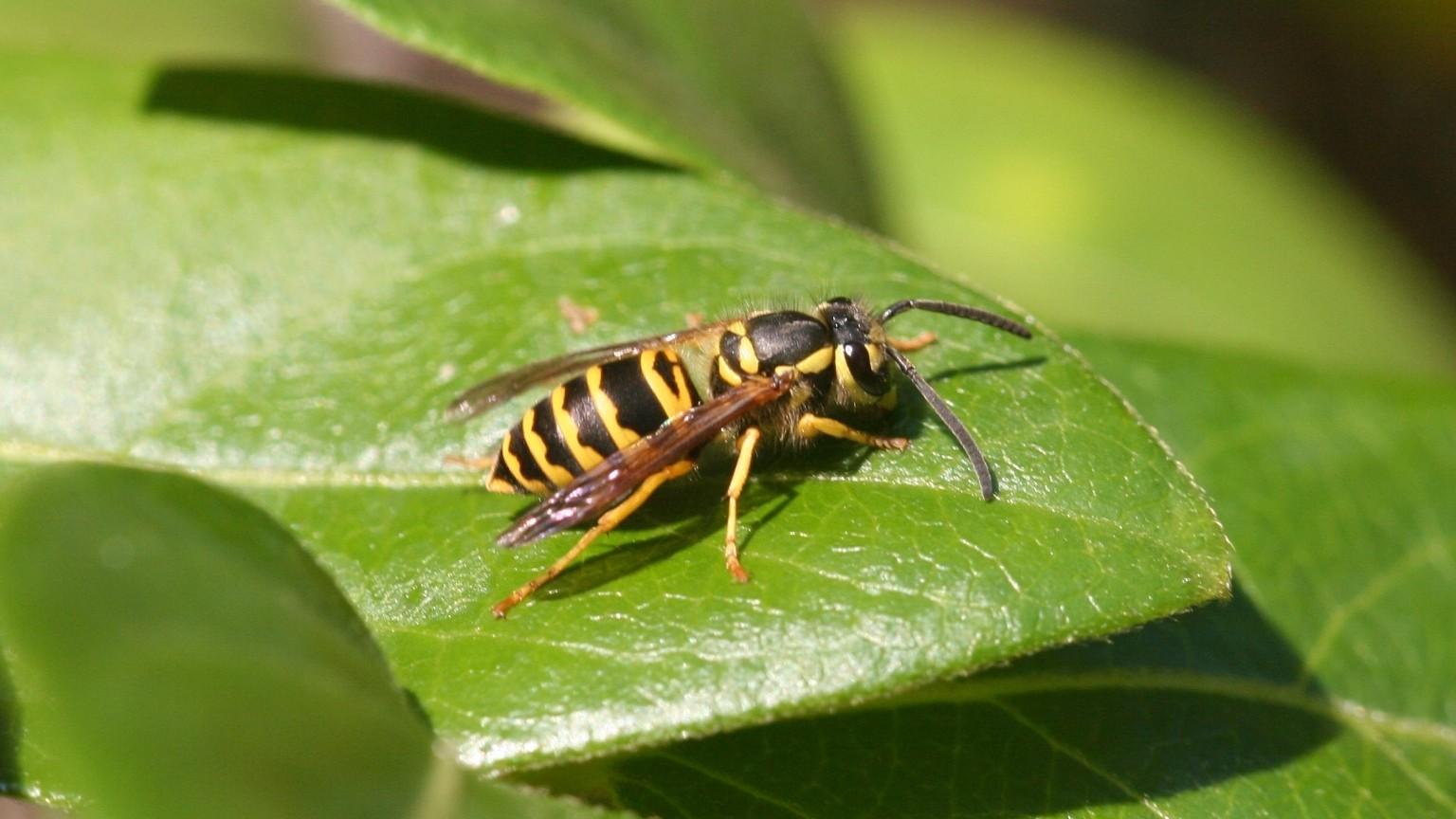
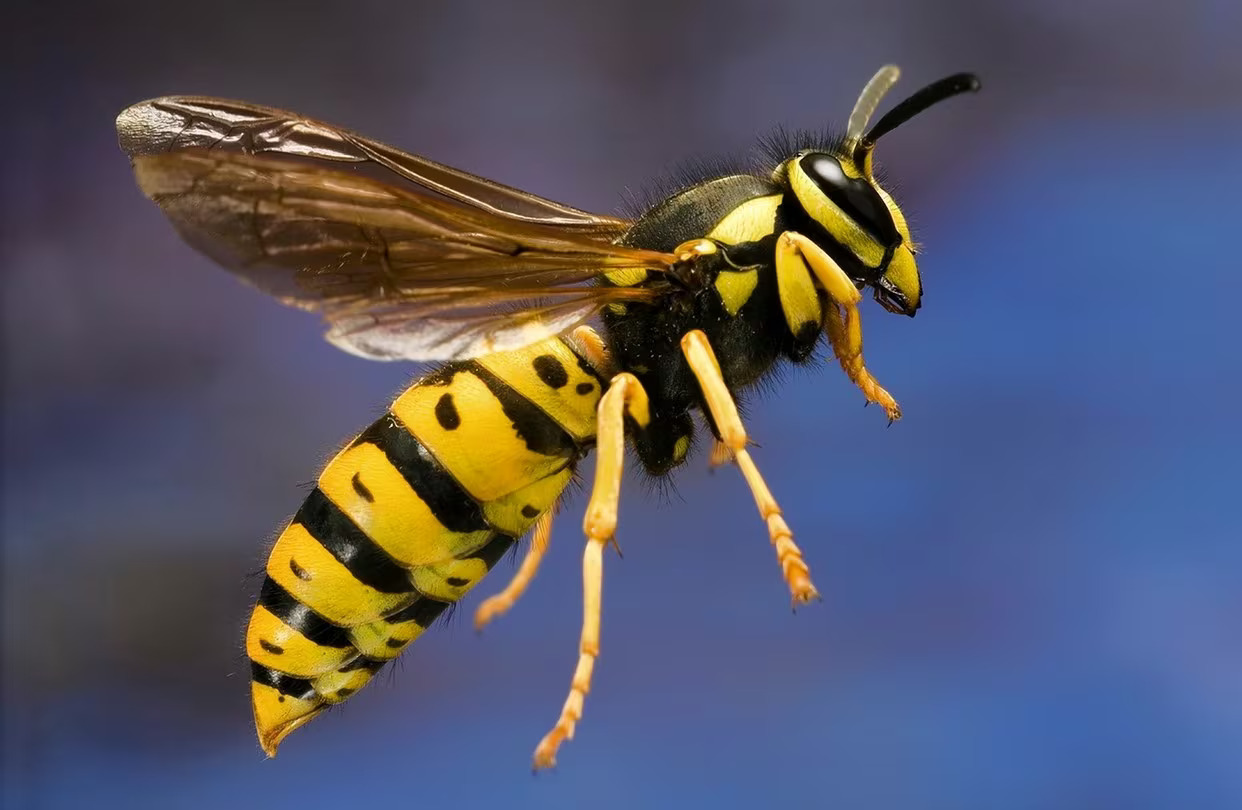
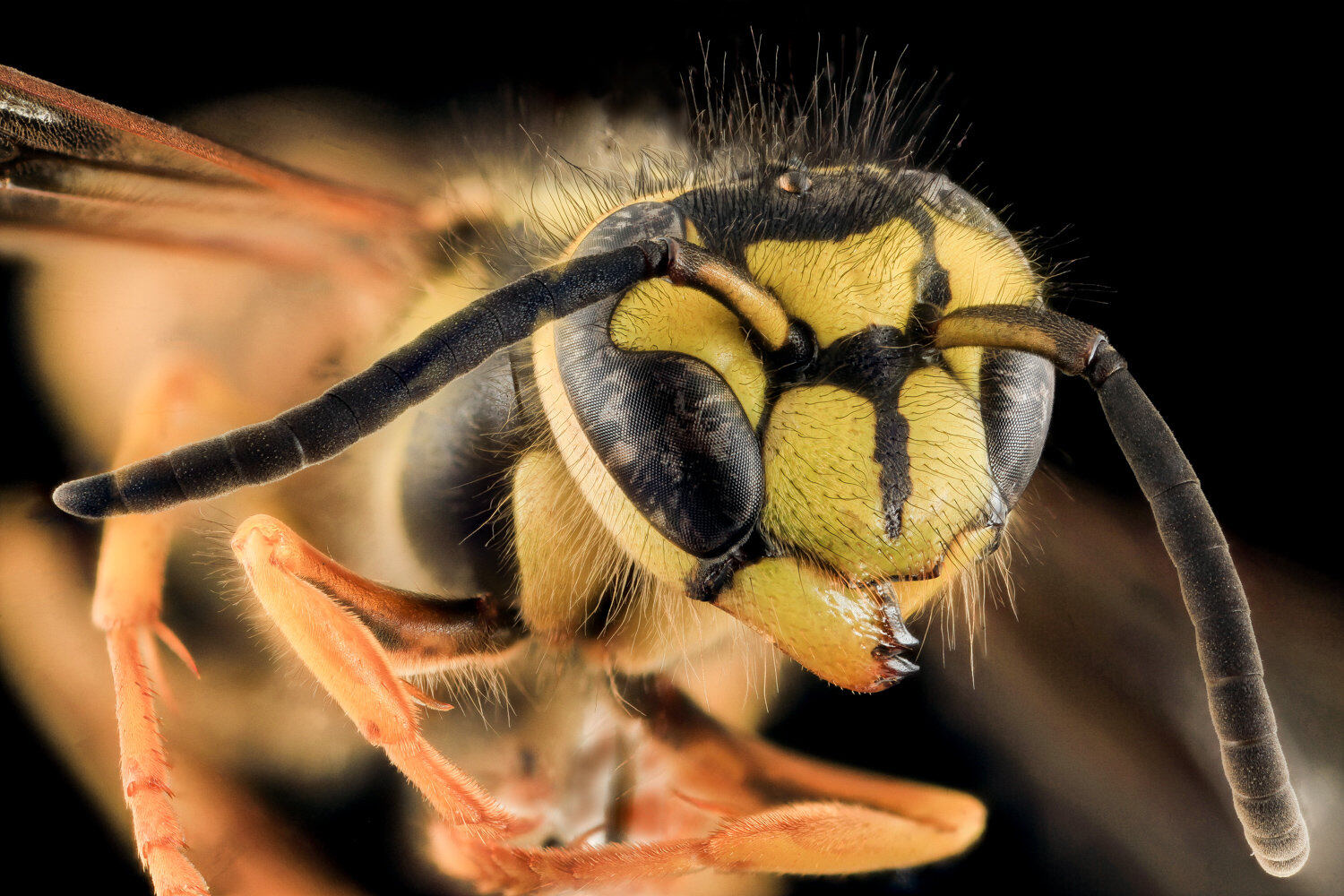

0 thoughts on “How To Get Rid Of Yellow Jackets In House Siding”